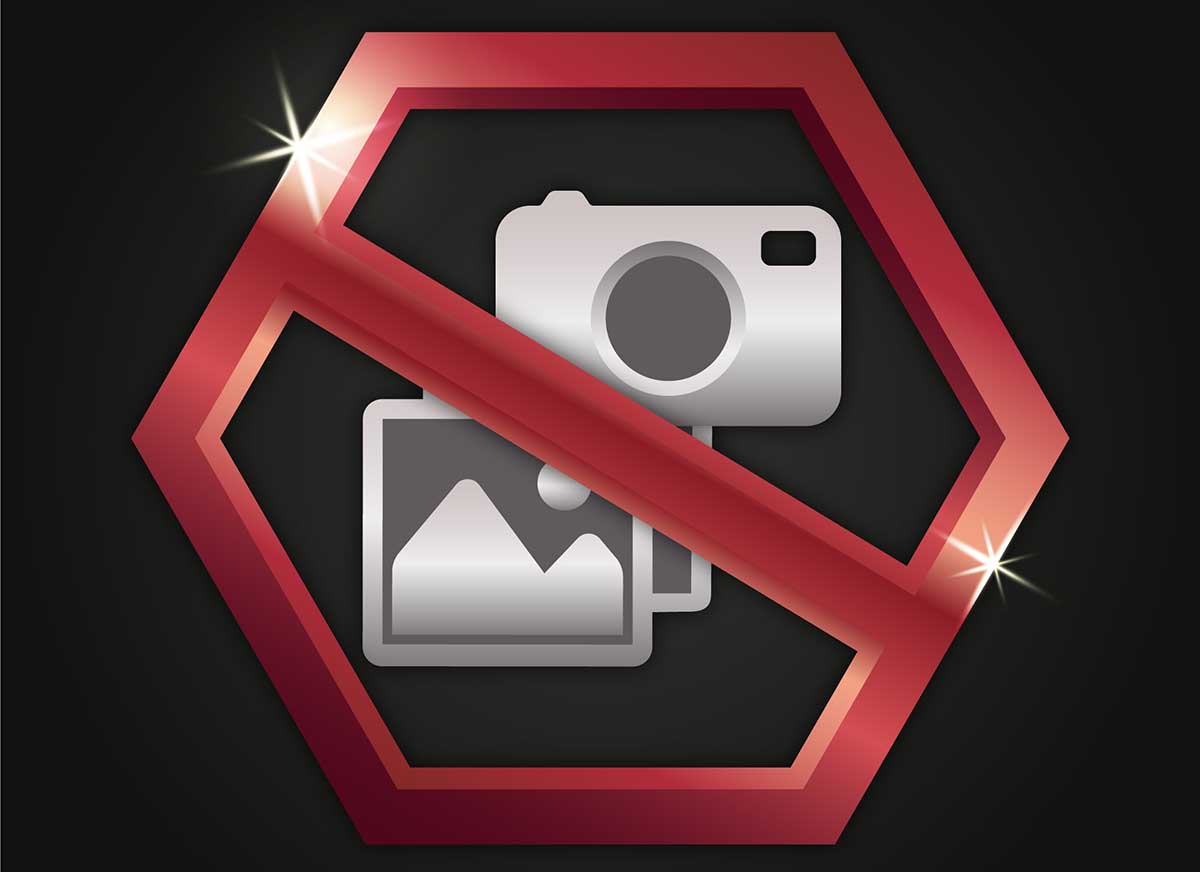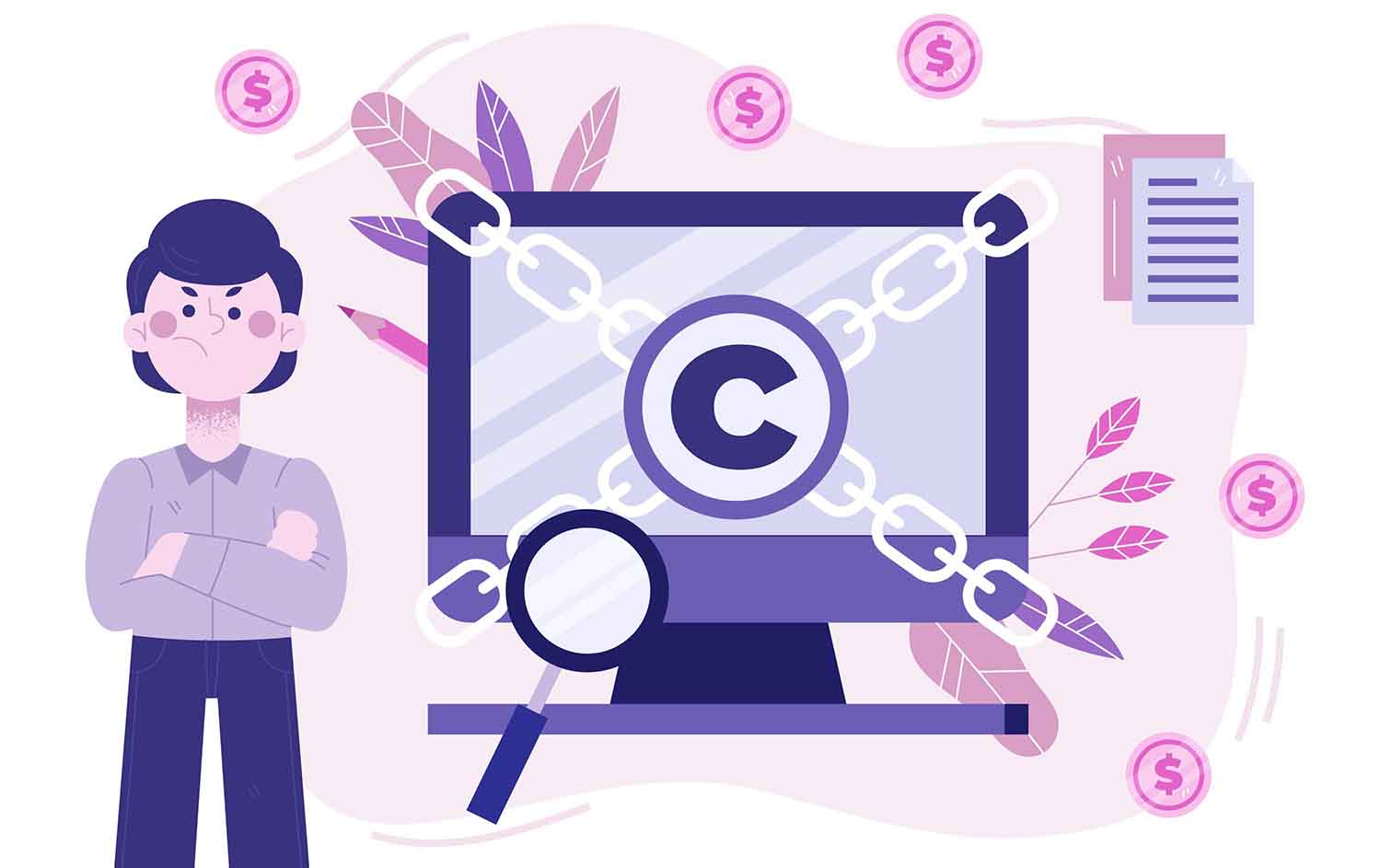In today's digital age, platforms like Shutterstock Contributor offer photographers and artists a vast audience and potential revenue streams for their creative work. Understanding the mechanisms of photo protection within this realm is paramount for safeguarding intellectual property and ensuring fair compensation.
This blog post delves into the Shutterstock Contributor platform, providing insights into its workings and highlighting the significance of comprehending photo protection in the creative sphere. By understanding the measures in place to protect contributors' photos and the importance of copyright enforcement, photographers can navigate the digital landscape with confidence and protect their valuable assets.
Understanding Photo Protection

Explanation of How Shutterstock Protects Contributors' Photos:
- Shutterstock employs various measures to protect contributors' photos and uphold their intellectual property rights.
- This includes implementing secure upload and storage systems, robust licensing agreements, and comprehensive copyright infringement policies.
- Contributors' photos are watermarked when displayed on the platform, serving as a deterrent against unauthorized usage.
Overview of Copyright and Intellectual Property Rights:
- Copyright is a legal right that grants creators exclusive rights to their original works, including photographs, from the moment of creation.
- Intellectual property rights encompass copyright protection and other legal rights associated with creative works, such as trademarks and patents.
- Understanding copyright laws and intellectual property rights is essential for contributors to assert control over their photos and protect against unauthorized use or infringement.
Also Read This: How to Enable Autoplay on YouTube for Continuous Watching
Licensing and Usage Rights

Explanation of Licensing Options Offered by Shutterstock:
- Shutterstock offers various licensing options to customers, allowing them to legally use contributors' photos for specific purposes.
- Standard licenses typically grant customers the right to use the photo for commercial or personal use, with restrictions on the number of copies and distribution channels.
- Enhanced licenses may provide additional usage rights, such as unlimited print runs or use in merchandise, for an extra fee.
Discussion on How Licensing Agreements Protect Contributors' Rights:
- Licensing agreements serve as legal contracts between contributors and customers, outlining the terms and conditions of photo usage.
- By licensing their photos through Shutterstock, contributors retain ownership of their intellectual property while granting customers limited rights to use the photos as specified in the license.
- Licensing agreements establish clear boundaries and expectations for photo usage, helping to prevent unauthorized exploitation and ensuring fair compensation for contributors.
Also Read This: How to Get a Job on Behance
Copyright Infringement and DMCA Takedown
Explanation of Copyright Infringement Issues:
- Copyright infringement occurs when someone uses a copyrighted work without permission from the copyright holder, violating their exclusive rights.
- In the context of Shutterstock Contributor, copyright infringement may occur if someone uses a contributor's photo without obtaining the necessary license or permission.
Overview of the Digital Millennium Copyright Act (DMCA) and its Role in Protecting Contributors:
- The Digital Millennium Copyright Act (DMCA) is a U.S. copyright law that provides legal mechanisms for addressing copyright infringement on the internet.
- Under the DMCA, platforms like Shutterstock Contributor are granted safe harbor protections, provided they promptly remove infringing content upon receiving a valid takedown notice.
- Contributors can utilize the DMCA's takedown provisions to request the removal of infringing content from Shutterstock's platform, protecting their intellectual property rights.
Also Read This: Cody Rhodes' Royal Rumble Number Key Stats and Facts
Shutterstock's Response to Copyright Violations
Description of Shutterstock's Process for Handling Copyright Infringement Reports:
- Shutterstock has established procedures for handling copyright infringement reports submitted by contributors.
- Contributors can file a copyright infringement report with Shutterstock, providing evidence of the unauthorized use of their photos.
- Shutterstock investigates the report and takes appropriate action, which may include removing the infringing content from the platform and taking disciplinary measures against the offending party.
Discussion on the Steps Taken to Protect Contributors' Photos:
- Shutterstock takes copyright infringement seriously and is committed to protecting contributors' photos and intellectual property rights.
- Upon receiving a valid copyright infringement report, Shutterstock promptly investigates the matter and takes swift action to address the issue.
- By enforcing copyright protections and removing infringing content from the platform, Shutterstock helps to safeguard contributors' photos and uphold their rights as creators.
Also Read This: Canceling My Depositphotos Account: A Guide
Tips for Protecting Your Photos
Advice for Contributors on How to Safeguard Their Photos:
- Watermark Your Images: Consider watermarking your photos before uploading them to Shutterstock Contributor. Watermarks serve as a visual deterrent against unauthorized usage and help identify your photos as copyrighted material.
- Keep High-Resolution Copies: Always retain high-resolution copies of your photos as evidence of ownership. These copies can be used to verify your authorship and enforce copyright protection if needed.
- Monitor Your Portfolio: Regularly monitor your Shutterstock Contributor portfolio for any signs of unauthorized usage or copyright infringement. Utilize tools and resources provided by Shutterstock to track the usage and distribution of your photos.
- Stay Informed About Copyright Laws: Familiarize yourself with copyright laws and intellectual property rights to better understand your rights and obligations as a contributor. Stay updated on any changes or developments in copyright legislation that may impact your work.
- Use Metadata and Keywords Effectively: Ensure that your photos are properly tagged with metadata and keywords to improve their visibility and searchability on the Shutterstock platform. This can help potential buyers find and license your photos legally.
- Consider Exclusive Licensing: Explore the option of exclusive licensing agreements with Shutterstock to gain additional protections and benefits for your photos. Exclusive contributors may receive higher commission rates and priority placement in search results, enhancing their visibility and revenue potential.
Strategies for Monitoring and Enforcing Copyright Protection:
- Set Up Alerts: Set up alerts or notifications to receive updates on any new uploads or usage of your photos on the Shutterstock platform. This can help you stay informed about the distribution of your content and detect any potential infringements.
- Act Promptly: If you discover any instances of copyright infringement or unauthorized usage of your photos, take immediate action. File a copyright infringement report with Shutterstock and provide evidence of your ownership to initiate the takedown process.
- Follow Up: Follow up on any copyright infringement reports you submit and ensure that Shutterstock takes appropriate action to address the issue. Stay engaged throughout the process and provide any additional information or documentation requested by Shutterstock's support team.
- Consider Legal Action: In cases of persistent or egregious copyright infringement, consider seeking legal counsel to explore options for pursuing legal action against the offending parties. Shutterstock's legal team may also assist in resolving disputes and enforcing copyright protections on behalf of contributors.
By following these tips and strategies, contributors can take proactive measures to protect their photos and enforce copyright protection effectively on the Shutterstock Contributor platform.
Conclusion
In conclusion, understanding photo protection is crucial for contributors on platforms like Shutterstock Contributor to safeguard their intellectual property and ensure fair compensation for their creative work. Let's recap the key points discussed in this blog post and offer some final thoughts on photo protection in the creative realm.
Recap of Key Points:
- We explored how Shutterstock protects contributors' photos through secure upload systems, licensing agreements, and copyright enforcement measures.
- An overview of copyright and intellectual property rights highlighted the importance of understanding legal frameworks for protecting creative works.
- The Digital Millennium Copyright Act (DMCA) plays a vital role in protecting contributors by providing mechanisms for addressing copyright infringement online.
- Shutterstock's response to copyright violations involves a structured process for handling infringement reports and taking appropriate action to protect contributors' photos.
- Tips and strategies were provided for contributors on how to safeguard their photos, including watermarking, monitoring, and enforcing copyright protection effectively.
Final Thoughts on Photo Protection in the Creative Realm: Photo protection is a fundamental aspect of the creative process, empowering contributors to assert control over their intellectual property and ensure fair treatment in the digital marketplace. By understanding the mechanisms of photo protection, staying informed about copyright laws, and employing proactive strategies, contributors can navigate the digital landscape with confidence and protect their valuable assets. Shutterstock Contributor provides a platform for photographers and artists to showcase their work to a global audience, with robust measures in place to safeguard contributors' photos and uphold their rights as creators. As contributors continue to create and share their inspiring images, it's essential to remain vigilant and proactive in protecting their photos in the ever-evolving creative realm.
